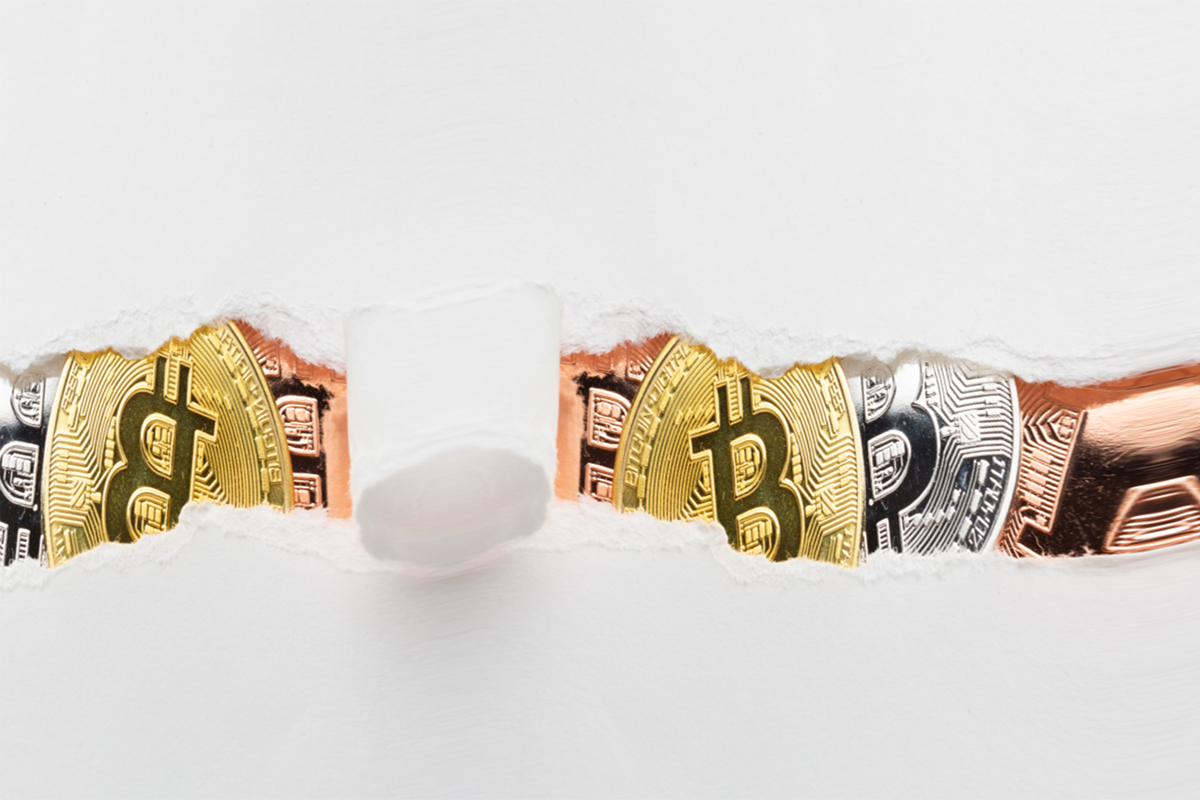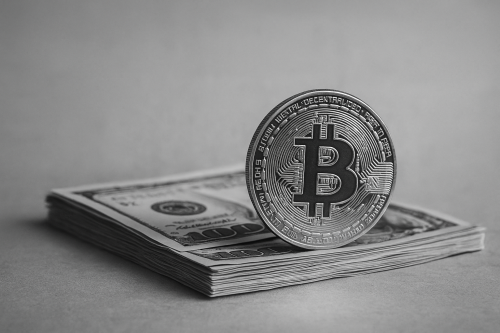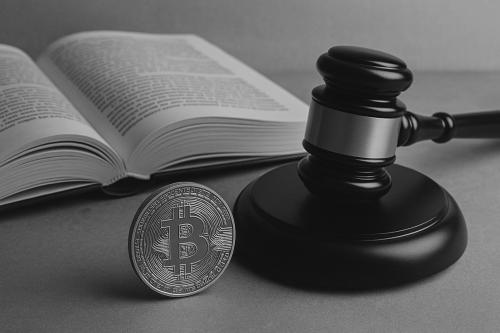Crypto asset recovery part 2 – DeFi, auctions, cryptocurrency bans and capacity

Part 2 of a guest interview with Aidan Larkin, CEO of Asset Reality. Part 1 covered the scope of illicit activity involving crypto assets and why some States are recovering far more crypto assets than others, plus issues around international and public-private cooperation.
Below, Aidan explains the challenges of DeFi platforms for confiscating illicit virtual assets, how and when States should convert the assets to fiat currency, and the one thing that will significantly boost States's ability to recover illicit assets in virtual form.
When illicit assets are held on DeFi platforms, (how) can they be seized and confiscated?
Decentralised finance (DeFi) platforms are a cause for concern for law enforcement and regulators alike. But they shouldn’t be a cause for panic.
The fear with DeFi is that with no central entity with the power to take control of suspect assets or block their movement, there is no way for law enforcement to seize or recover them without the cooperation of the owner. But that’s not the case. The question is about gaining control of access to the asset.
Take a non-fungible token (NFT), for example, which can be purchased on decentralised as well as centralised platforms. If you can identify the suspect’s wallet that controls the NFT, you can restrain it and transfer it to a wallet that you control. Crypto assets like bitcoins have no central entity or intermediary either, yet law enforcement authorities have successfully seized billions of dollars’ worth over the years. Most recently HM Revenue & Customs in the UK successfully seized NFTs in a fraud investigation – thought to be the first seizure of its kind.
In fact the situation with DeFi, and the concerns it presents, is not very different to regular assets in many instances. Someone can hide a diamond under the mattress or keep illicit funds in an opaque offshore financial centre, for example. If the owner does not hand over control of the assets to the authorities, they are considered beyond reach. But powers relating to hidden assets or contempt of court have been successfully used when investigators have reason to believe, and can prove, that a suspect may be attempting to keep assets beyond reach.
Can illicit assets stay under the radar on DeFi platforms indefinitely?
In theory, it is possible for criminals to move all their money through DeFi platforms, just like it is possible to store stolen money, gold and diamonds in a private safe and live “off the grid”. But this is a risky and unappealing option even for criminals. The DeFi market is volatile and protocols may collapse without warning. They too could be victims of hacks. Criminals seek economic gain and want to hedge their bets, manage their risks and use their funds in real life.
This means that at some point they need to transfer through known and regulated entities such as VASPs when they want to convert their illicit income into fiat currencies. It is at that point, when they surface, that they can be identified, seized and confiscated.
Unlike any other asset category, we can remotely and anonymously monitor many crypto addresses in perpetuity. This gives law enforcement an incredible opportunity to react when funds surface.
After law enforcement has seized virtual assets, how and when should they be realised?
Virtual assets are notoriously volatile, which means their value may change significantly during the investigation and court proceedings.
This is a headache for many authorities: if you sell early, you might lose out on a big increase in price. If you sell late, you may be selling a crypto asset worth less than when it was originally seized. And what about if the defendant is cleared of wrongdoing? The State could be liable to pay compensation if the defendant can demonstrate they didn’t achieve market value, for example.
It is important to note, however, that a common misconception is that the State is somehow responsible for trying to maintain the value of a volatile asset in their custody. That isn’t the case, or even possible with a volatile asset. How and when to realise seized or confiscated assets depends mostly on a country’s legislation. The law usually already covers how to manage and realise volatile assets or assets that depreciate in value, like luxury cars.
Some legislation, such as in the Netherlands, may support selling depreciating assets early to avoid any potential loss of value. The same legislation is used to deal with crypto effectively. Other jurisdictions may require the assets to be kept in the original State for the full duration of court proceedings. The UK offers another example of putting existing legislation to good use: in a case involving 295 bitcoins owned by a drug dealer, an order was granted to make the restraint order effective by converting the volatile crypto asset to local currency pre-confiscation.
Engaging with the suspect / owner of the asset regarding their permission or consent to sell or convert the asset is another pragmatic option. This could be utilised more often, rather than waiting for the conclusion of confiscation proceedings, for example. It can help to realise the best value of the asset at an early stage and reduce the likelihood of claims for compensation later on.
The decision to sell should be made on a case-by-case basis, while always acting in according with legislation and best practice.
What are the options for realising the value of confiscated virtual assets?
Public auctions are a common option to convert of crypto assets, often arranged into several lots, into fiat currency.
Auctions reflect the open market value of the assets and are a tried-and-tested methodology for realising large quantities of seized assets. Authorities can vet the bidders and perform due diligence checks to minimise the risk that they are dealing with criminals. Additionally, setting reserve prices ensures the items are not sold undervalue.
A quicker option that is also utilised extensively is to use a regulated/registered virtual asset exchange to simply convert the crypto asset into the local currency. But the authorities in some jurisdictions (such as Sweden) have raised concerns at this approach due to a lack of visibility over who is buying the items from the exchanges. I think that this concern however, is becoming less and less due to countries implementing registration processes for crypto businesses that include robust anti-money laundering (AML) processes.
In countries that have banned cryptocurrencies, (how) do the authorities realise the value of confiscated assets?
Regulation is a complicating factor when it comes to realising the value of confiscated crypto assets.
Some countries have banned cryptocurrencies, including large players like China and Indonesia. Chinese authorities have also shut down and seized cryptocurrency mines, which inherently have crypto assets attached.
Countries that consider bans should not think they have solved the issue. Even if you ban a new category of narcotics, for example, you still need to have detection, intelligence and enforcement capabilities. The statistics are overwhelmingly clear that mainstream adoption of digital assets is inevitable – particularly as the same countries that ban crypto often explore their own digital currencies.
The issue of banning and criminalising crypto also triggers an interesting, partly ethical dilemma. When illegal products like drugs or wildlife goods are confiscated, they are destroyed even if they in principle have a high market value. It would be unthinkable to auction off a hundred kilos of cocaine, for example.
But what happens when the authorities seize the illegal proceeds of a fraud scam that the perpetrators are holding in crypto format? Are the authorities going to abandon their control over the assets, destroy the private keys that control the asset, and tell the victims they can’t be compensated? These difficult questions are yet to be worked out in some jurisdictions.
In your personal experience, what is the one thing that will help countries boost their crypto asset recoveries?
Capacity. We have the laws and processes; we just have to get up to speed on the practical aspects. That means things like training, capacity building and processes for investigators, prosecutors and the judiciary, and support from specialist organisations. Specialised technical tools are also essential for conducting financial investigations involving crypto assets, but they are not a panacea. We still need skilled investigators combined with real-world intelligence to help crack many of these cases.
The need for capacity building extends to regulators and supervisors. You need regulation and supervision to prevent crypto crime and money laundering, not only enforcement to track down the perpetrators and recover their illicit assets.
Yet many countries have yet to work out how to address the risks of crypto crime and money laundering at all. The Financial Action Task Force (FATF) reports that dozens of countries still have no capacity or tools to detect and prevent virtual assets-based money laundering. This is alarming, given the ease with which criminal crypto enterprises can be set up in overseas jurisdictions. Once operating, they can utilise technology solutions and programmatically launder hundreds of millions of dollars’ worth of digital assets in a comparatively short space of time.
In summary: When it comes to crypto asset recovery, more capacity is key. If governments invest seriously in building capacity to trace and recover illicit digital assets, the amount of criminal assets they are able to recover will get significantly larger year after year. It could prove to be the turning point in ensuring modern crime does not pay.
Learn more
- View the 5th Global Conference on Criminal Finances and Cryptocurrencies landing page and post-conference Recommendations on combating virtual assets-based money laundering and crypto-enabled crime.
- View Aidan Larkin's conference presentation on Demystifying crypto asset recovery or download the slides.
- View Part 1 of this interview, which covers the scope of illicit activity involving crypto assets and why some States are recovering far more crypto assets than others, plus issues around international and public-private cooperation.




